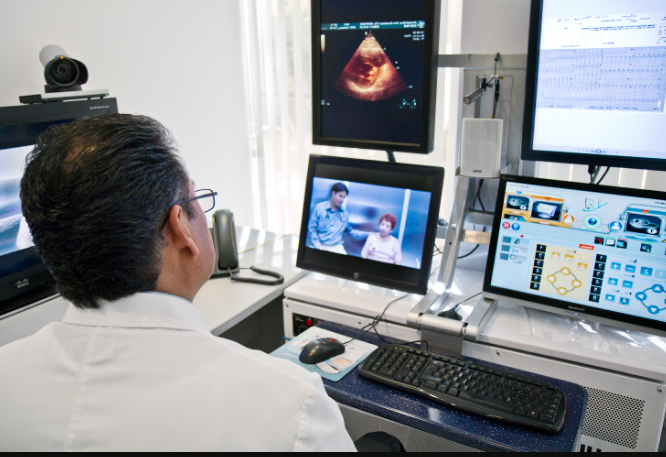Improvements Made To The Patient Experience As A Result of Remote Monitoring
 The quality of care that medical professionals are able to provide their patients has been greatly improved through technological advancements and integration. Telemedicine in particular has provided patients with a level of attention that just wouldn’t be possible without these technological advancements. One form of telemedicine has become increasingly popular for patients in recent years, that form is known as remote patient monitoring.
The quality of care that medical professionals are able to provide their patients has been greatly improved through technological advancements and integration. Telemedicine in particular has provided patients with a level of attention that just wouldn’t be possible without these technological advancements. One form of telemedicine has become increasingly popular for patients in recent years, that form is known as remote patient monitoring.
While it’s true that remote patient monitoring has been around for years, the improvements made recently seem to have fully fleshed out this form of healthcare. With the number of technologies able to be integrated into the home lives of patients increasing, the quality of care that can be provided from remote patenting monitoring has been increasing. The technologies allow health care professionals to remotely care for their patients while also allowing for safe collection of these patients’ data. The data collected is stored and referenced when necessary out of the electronic health records of a patient’s health care facility.
The roster of remote patient monitoring technologies continues to broaden. Water retention scales for heart disease patients, spirometers, blood glucose monitors and even blood pressure cuffs are all connected to most health care facilities’ remote patient monitoring networks. Of course patients are then responsible for using these tools correctly, but they’re also responsible for learning how to ensure the data collected by these tools are being transmitted to their primary care professionals.
Unfortunately, as the amount of uncertainty surrounding COVID-19 and its variants continues to increase, the amount of remote patient monitoring will likely increase as well. Not only are people being troubled by this virus, but the amount of people diagnosed with chronic conditions such as heart biases, diabetes and even high blood pressure continue to increase. These types of conditions require frequent visits to the doctor, but most patients become frustrated with just how often they’re expected to report in. Remote patient monitoring eases some of this frustration. Doctors, in connection with the data transmitted from a patient’s home equipment, are able to determine whether or not a patient requires immediate medical attention even remotely. Meaning patients have less need to visit their doctors amidst this COVID crisis.
Remote patient monitoring wouldn’t be a mainstay within the healthcare industry if it weren’t as effective as it were. Recent research has indicated that patients with conditions such as high blood pressure and asthma saw greater improvements in their conditions through remote patient monitoring than through self-monitoring.
Not only does this provide quality care for patients, it lessens the load on primary care physicians. With more and more people seeking immediate attention as a result of COVID-19, physicians are becoming overwhelmed. While remote patient monitoring can’t solve this issue entirely, it can provide a bit of respite for these medical professionals in trying times. It’s also worth mentioning that more and more insurance providers are offering coverage for remote patient monitoring polices, easing the burden on patients’ pockets. For more information on how remote patient monitoring is influencing the industry, be sure to check out the infographic accompanying this post. Courtesy of Pivot Point Consulting.
